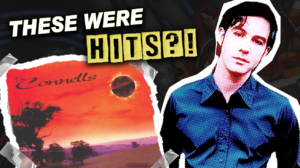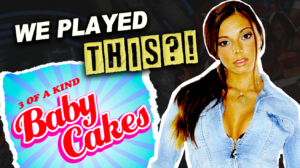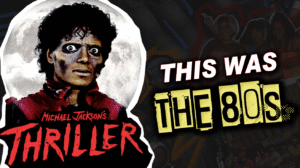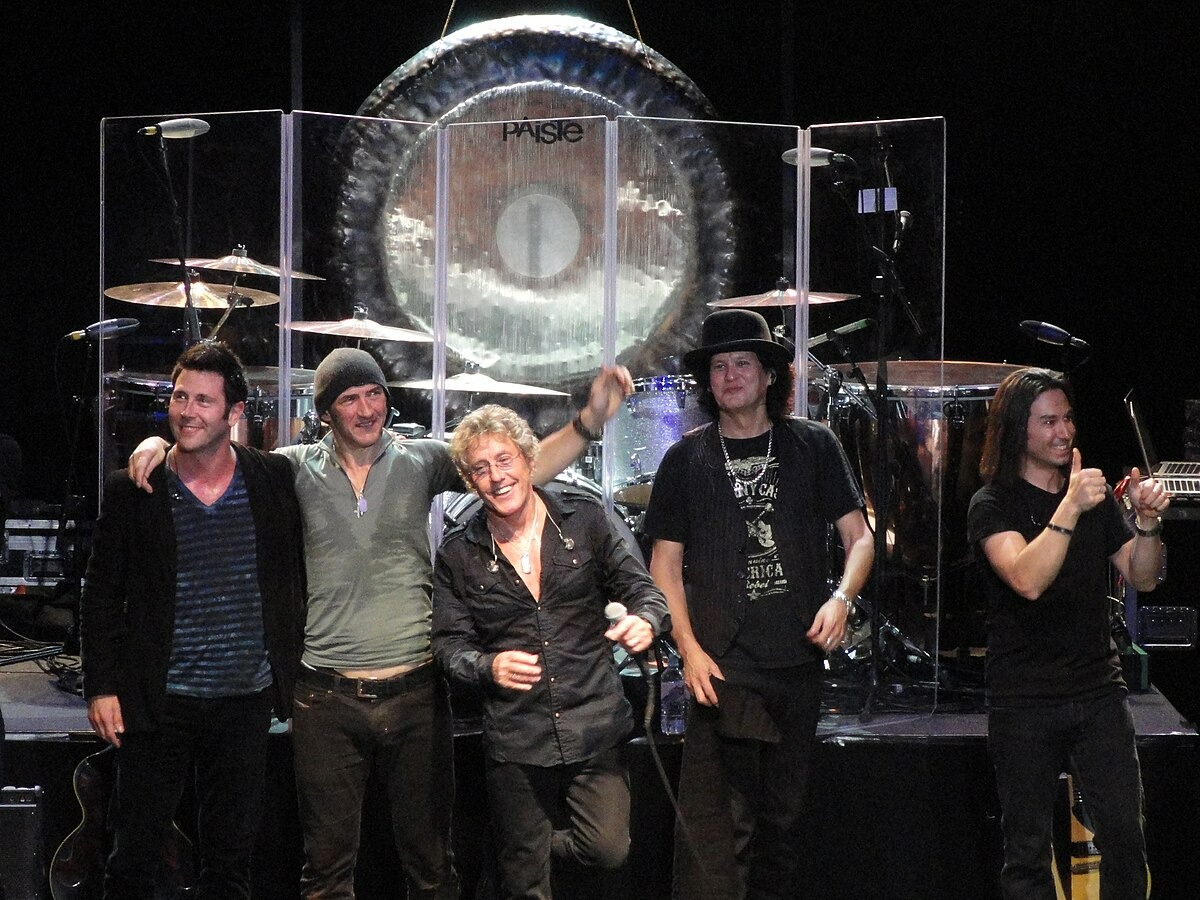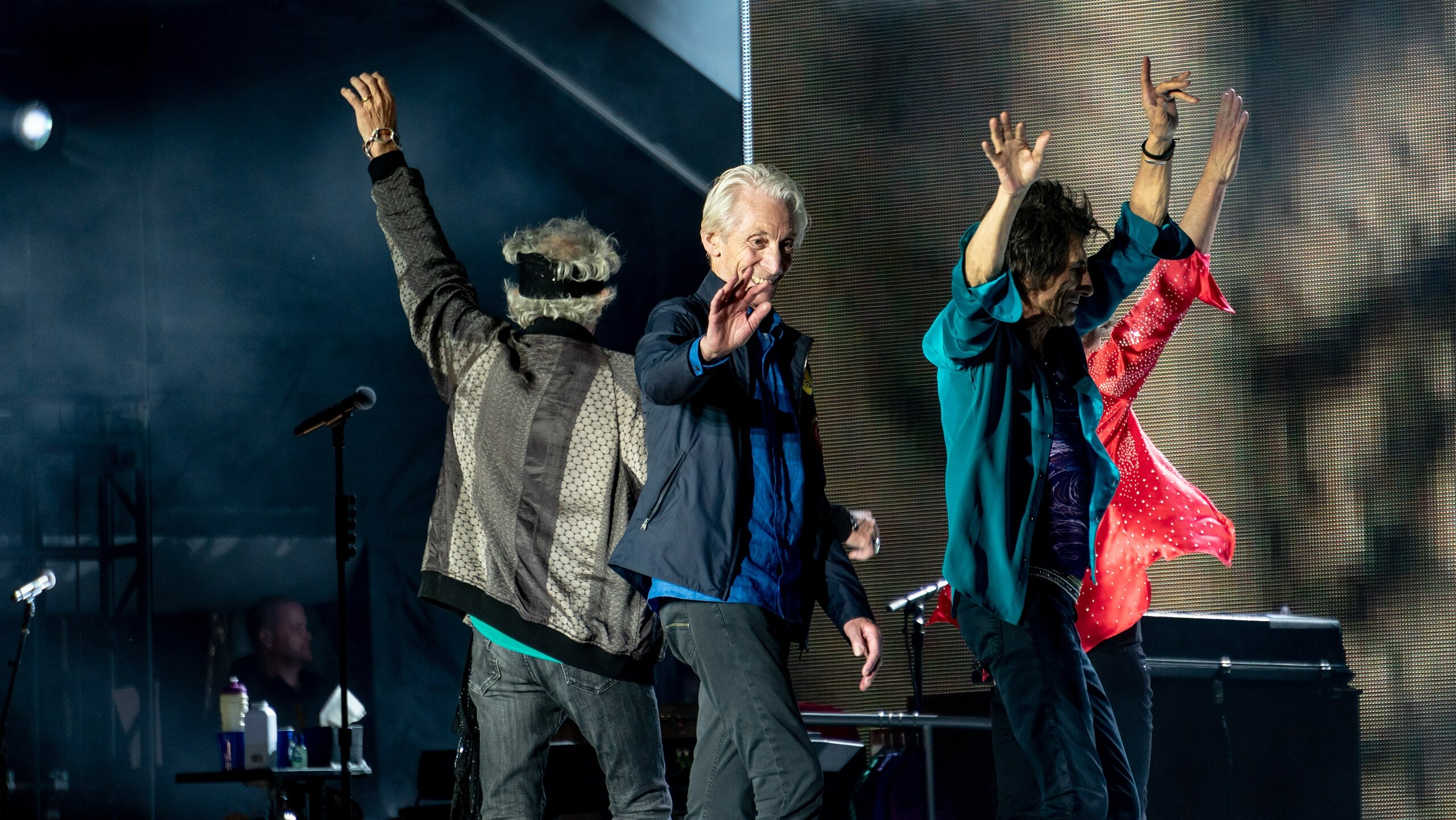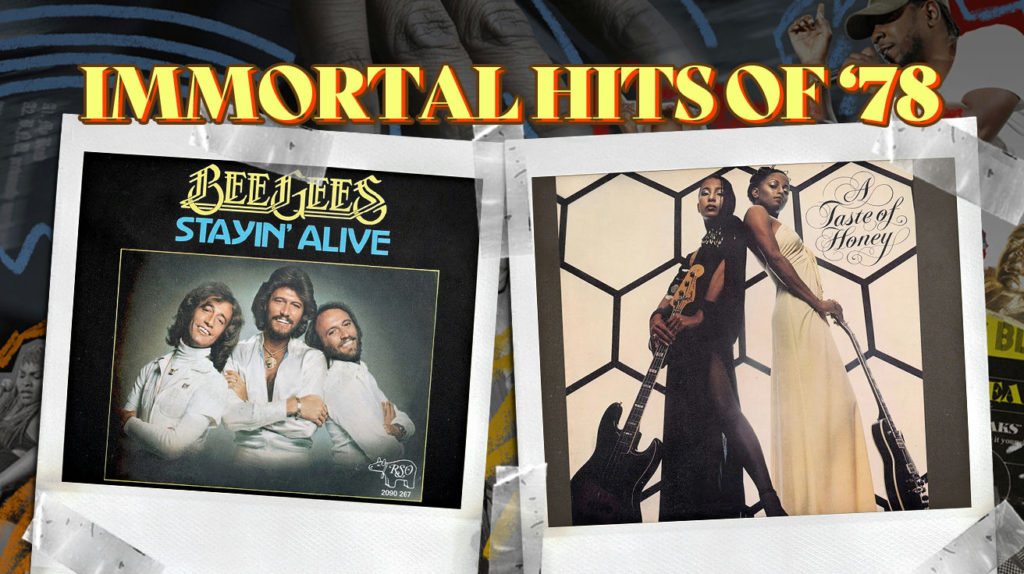
In 1978, music functioned as cultural warfare. While punk snarled in the underground, the mainstream pulsed with disco beats that would outlive their backlash, rock anthems that survived their critical dismissal, and ballads that transcended their commercial packaging. These songs served as battle plans for dance floor revolutions and bedroom heartbreaks, each bassline and falsetto operating as secret handshakes between strangers searching for connection in a post-Vietnam America.
The year’s chart-toppers mapped the emotional geography of a generation caught between disco balls and gender roles, between Saturday night escapism and Monday morning reality. Each track below dominated the radio and captured something true about its moment that still resonates today, much like certain scenes from ‘The Breakfast Club’ that still nail teenage alienation decades later.
13. Stayin’ Alive – Bee Gees
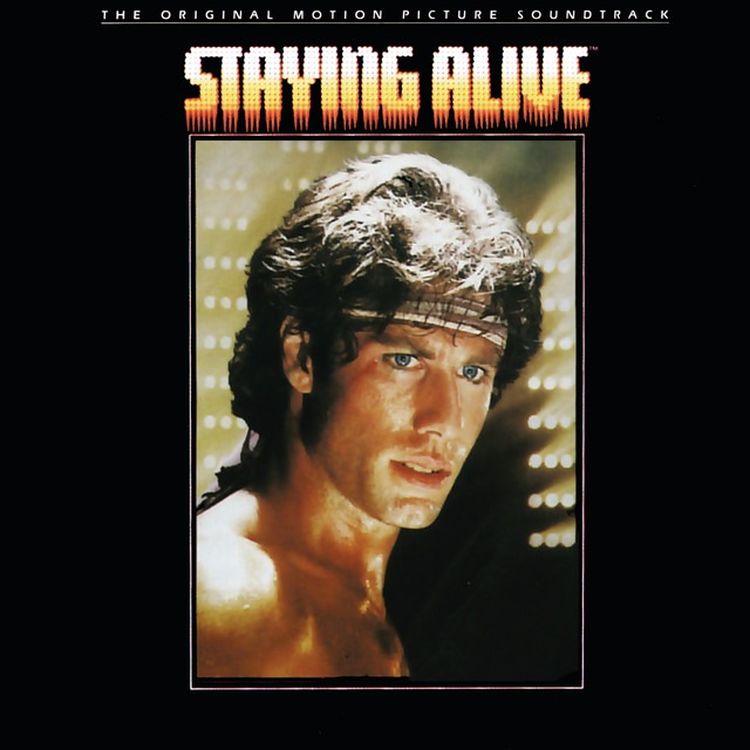
“Stayin’ Alive” emerged as cultural infrastructure. While dominating the early 1978 charts, the track simultaneously functioned as a fashion influence, a dance instruction manual, and eventually, a literal lifesaver. The song’s precise 103 BPM tempo matches the ideal rhythm for CPR chest compressions—disco as a form of emergency medicine. This unexpected medical application perfectly symbolizes how thoroughly the Bee Gees’ music permeated society.
The production balanced mechanical precision with human urgency, each element functioning in perfect symbiosis like a disco ecosystem. Barry Gibb’s falsetto narrated urban survival with cinematic intensity while the instrumentation provided the sonic equivalent of 1970s New York’s dangerous glamour. More than any other disco track, “Stayin’ Alive” captured the genre’s revolutionary spirit—the determination to create joy and connection despite social collapse. It remains disco’s definitive statement, the musical equivalent of finding light in darkness.
12. Hot Blooded – Foreigner
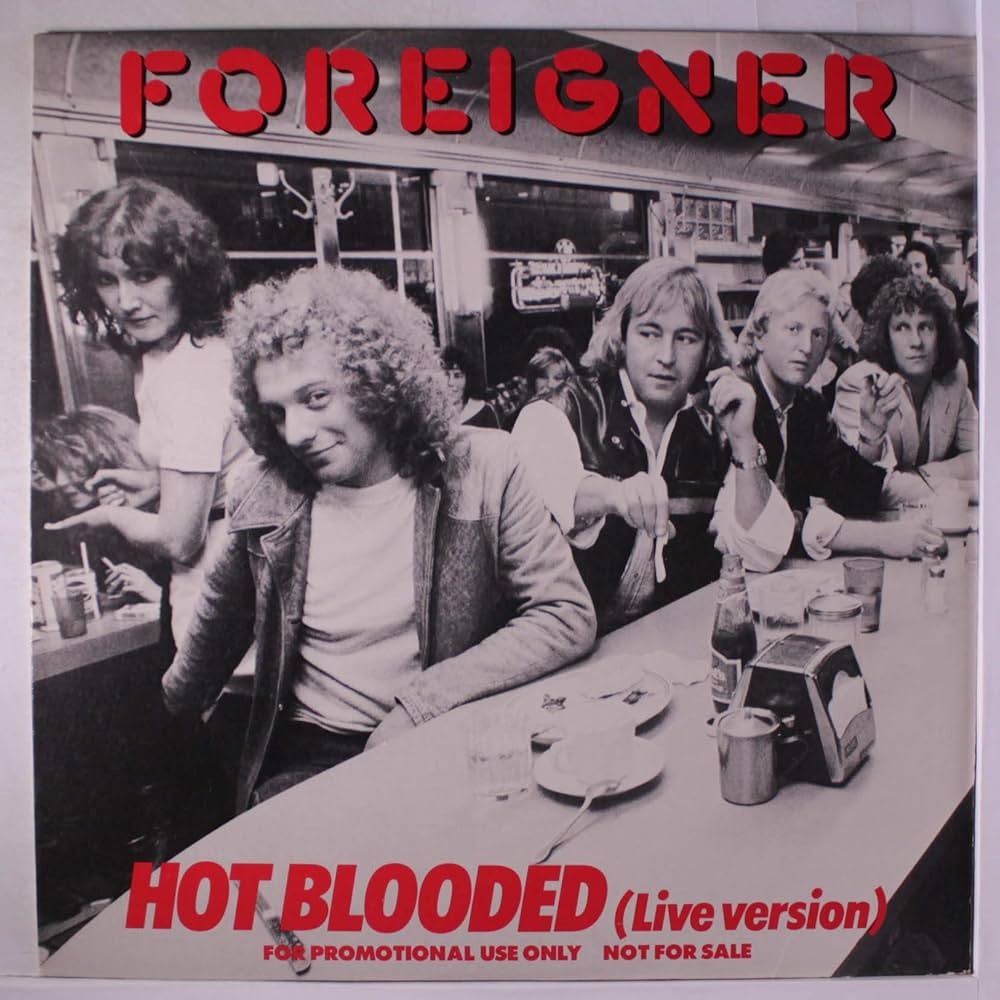
“Hot Blooded” crashed into June 1978 like a muscle car into a china shop. Lou Gramm and Mick Jones engineered three minutes of testosterone-fueled rock that peaked at #3 on Billboard while providing the soundtrack to countless highway speeding tickets. The track’s opening guitar riff served as an alarm clock for rock radio, jolting listeners awake with the reminder that while disco dominated, rock’s heart still beat with high-octane emotion.
The song’s straightforward swagger provided perfect counterprogramming to disco’s studied sophistication. It’s unabashed carnal energy operated as rock’s answer to dance floor liberation—different rhythms expressing the identical fundamental human drives. “Hot Blooded” became arena rock’s ambassador, translating the genre’s power to new audiences while retaining enough edge to satisfy the faithful. The track’s continued presence at sporting events reflects its unique capability to channel collective adrenaline, functioning as musical epinephrine for crowds needing emotional resuscitation.
11. Grease – Frankie Valli
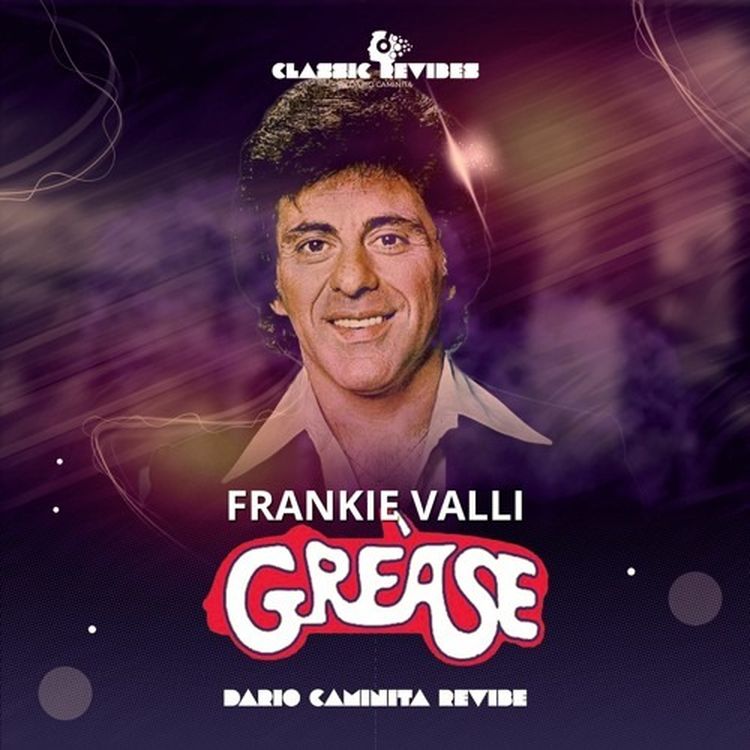
Frankie Valli’s “Grease” performed cultural alchemy in 1978, transforming the soundtrack formula into a chart-topping phenomenon. The title track served as a musical time machine, simultaneously evoking 1950s nostalgia while sounding thoroughly modern. Its success helped propel the film’s soundtrack to cultural touchstone status, demonstrating how effectively music could bridge generational divides through emotional authenticity rather than marketing manipulation.
The song served as a perfect musical introduction, establishing the film’s tone while standing independently as a pop achievement. Its continued connection with new viewers demonstrates how effectively it captured the universal adolescent experience rather than merely period aesthetics. While most title songs function as forgettable marketing tools, “Grease” became the key that unlocked the film’s emotional architecture. Its multi-generational appeal demonstrates how truly great pop transcends its commercial origins to become a cultural milestone.
10. Three Times a Lady – Commodores
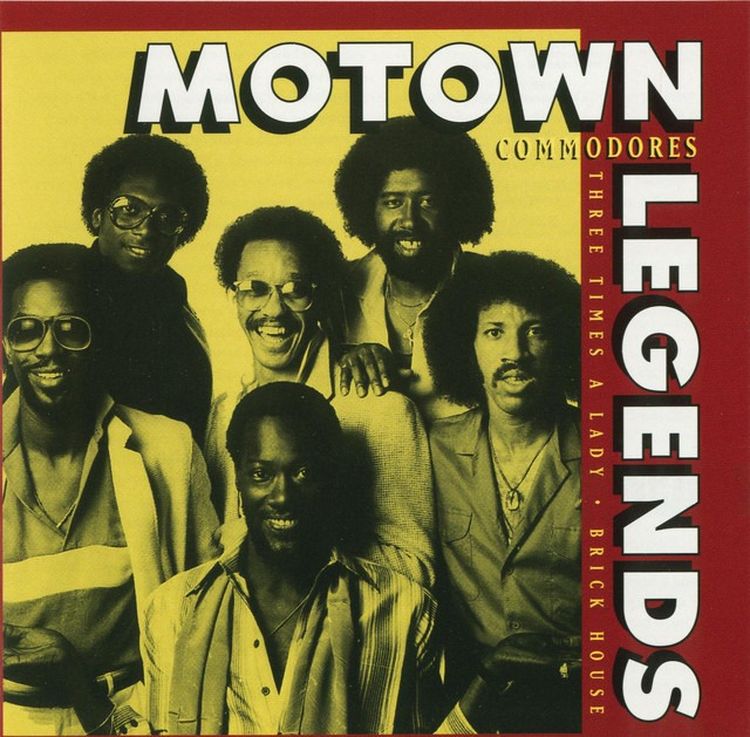
When Lionel Richie penned “Three Times a Lady,” he laid the foundation for his solo career. The Commodores’ chart-topper revolutionized R&B’s crossover potential by reaching #1 on both charts, demonstrating how emotional authenticity could transcend format limitations. Richie’s songwriting worked like musical diplomacy, finding common ground between seemingly separate audiences.
The ballad’s unabashed romanticism provided a counterbalance to disco’s physical focus, suggesting that emotional intimacy could be just as revolutionary as dance-floor liberation. Its adoption as a wedding staple proved how effectively it captured universal relationship milestones without resorting to cliché. The track’s success foreshadowed Richie’s eventual solo superstardom while establishing his signature emotional directness. In a year dominated by complex rhythms, “Three Times a Lady” demonstrated how simplicity could cut through noise to create deeply resonant connections.
9. Emotion – Samantha Sang

“Emotion” floated onto January 1978 airwaves like musical moonlight—ethereal, reflective, and impossible to grasp completely. Samantha Sang’s gossamer vocals carried Barry and Robin Gibb’s composition with spectral delicacy, reaching number 3 on the Billboard chart while creating an alternative emotional universe. The track functioned as disco’s contemplative counterpoint, proving the genre could soundtrack introspection alongside euphoria.
The Bee Gees’ background harmonies wrapped around Sang’s voice like protective shadows, creating musical architecture that felt both intimate and expansive. The arrangement operated as emotional chiaroscuro—light and dark perfectly balanced to capture the complexity of love. Though Sang never replicated this commercial peak, the song’s enduring presence on 1970s compilations speaks to how effectively it captured something timeless about the vulnerabilities of desire. It remains the musical equivalent of that 3 AM conversation where someone finally tells you how they feel. If you’re enjoying this review, you might also want to check out a much longer list of songs that defined music in the 70s.
8. Shadow Dancing – Andy Gibb
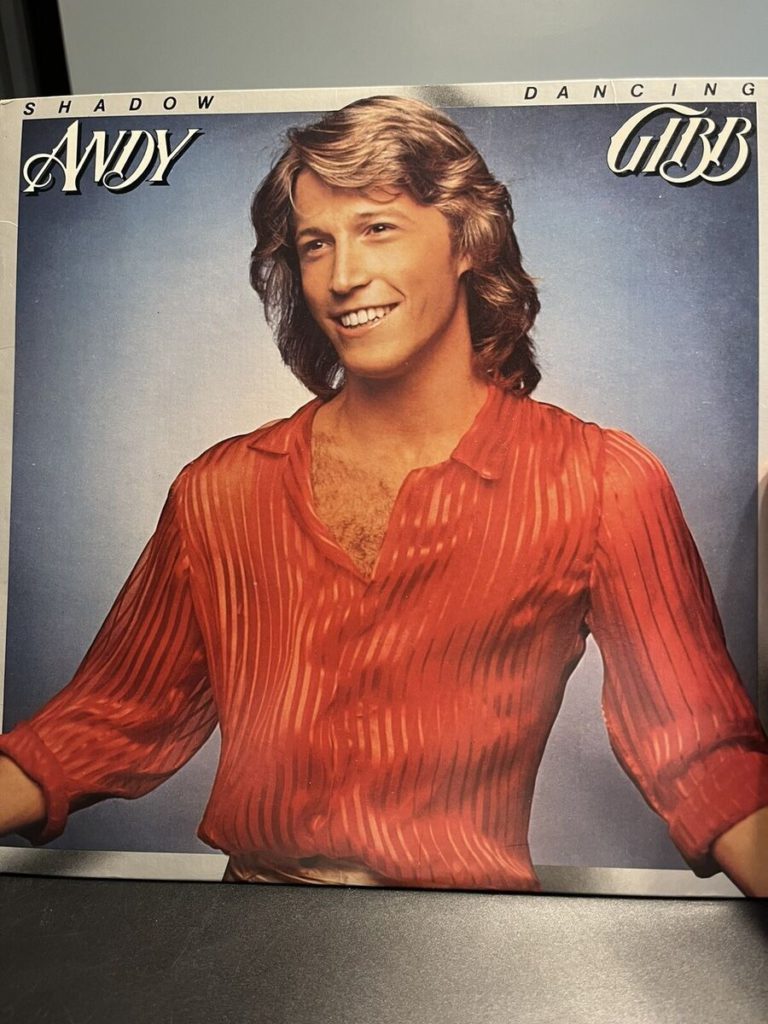
“Shadow Dancing” homesteaded Billboard’s #1 position for seven straight weeks in 1978. The year’s longest-running chart-topper represented the Gibb family’s complete domination of pop music, with Andy, Barry, Maurice, and Robin combining forces like a musical Voltron. The resulting track balanced disco’s physical engagement with pop’s emotional accessibility, creating a mainstream masterpiece that appealed across demographic divides.
The song’s production worked like musical quicksand—once caught in its groove, escape became impossible. Andy’s vocal performance blended vulnerability with confidence, suggesting depth beneath the pretty-boy packaging. As the only composition credited to all four brothers, it represented the Gibb creative intelligence at full power. While Andy’s later struggles have sometimes overshadowed his musical achievements, “Shadow Dancing” remains undeniable proof of his legitimate star power rather than merely reflected family light.
7. Le Freak – Chic

“Le Freak” emerged as disco’s declaration of independence. Born from Nile Rodgers and Bernard Edwards’ rejection from Studio 54, the track transformed exclusion into revolution. Atlantic Records’ best-selling single ever emerged from marginalization, proving disco’s greatest power: converting pain into celebration. The song’s signature “Freak out!” directive served as both hook and manifesto—permission to embrace authentic self-expression despite societal boundaries.
Rodgers’ precise guitar chops and Edwards’ architectural bassline created disco’s perfect mathematical equation—cerebral enough for musicians to appreciate while physically irresistible to everyone else. The production’s disciplined minimalism demonstrated how restraint could create a more powerful impact than excess. While most tracks from 1978 remain firmly dated, “Le Freak” continues to influence contemporary production across genres, its DNA appearing in everything from hip-hop to EDM. It stands as living proof that true innovation emerges not from comfort but from transforming rejection into reinvention.
6. How Deep Is Your Love – Bee Gees
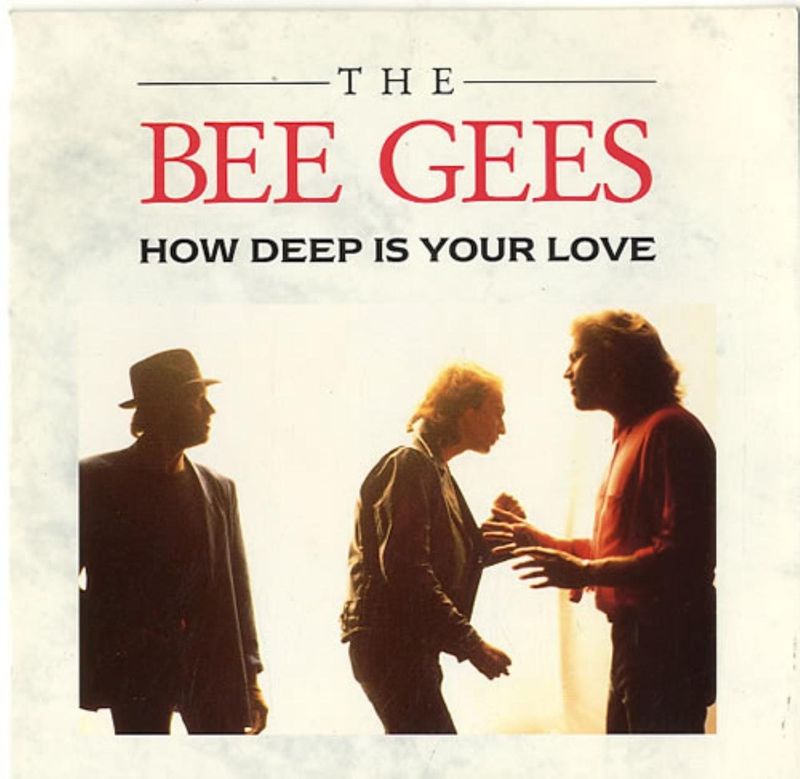
“How Deep Is Your Love” served as the Bee Gees’ stealth weapon. While everyone was busy freaking out about white suits and falsetto disco, the brothers Gibb slipped this emotional depth charge into the “Saturday Night Fever” soundtrack. Released in September 1977 and riding the charts well into 1978, the Grammy-winning track proved the brothers could work as songwriting surgeons capable of bypassing cultural defenses to access universal feelings.
The song’s intricate vocal layers created an emotional Russian doll effect—each harmony hiding another level of vulnerability inside. Its crossover success from discos to wedding receptions demonstrated how artificial genre divisions were. The Gibbs understood something corporate radio programmers didn’t: the same heart that breaks at 98 BPM can heal at 128. Their melodic sophistication expanded disco’s emotional palette beyond physical liberation to include the intimate whispers after the party ends.
5. Kiss You All Over – Exile
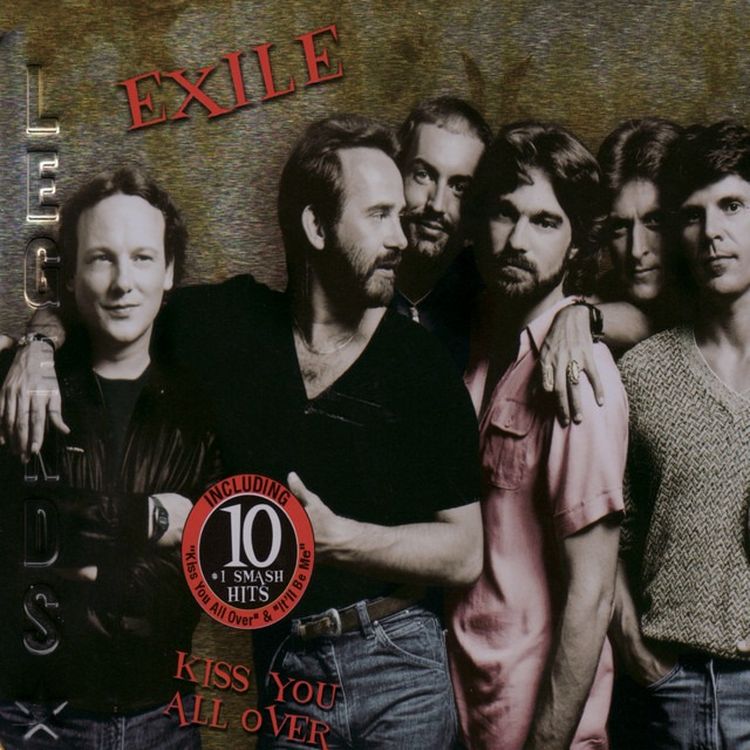
When Exile dropped “Kiss You All Over” in July 1978, they pulled off rock’s most unlikely costume change. The Kentucky band swapped their southern rock credentials for disco-adjacent pop and somehow made it stick for four consecutive weeks at #1. The Mike Chapman and Nicky Chinn composition served as a musical aphrodisiac; its lyrics barely disguised intentions yet were packaged neatly enough for mainstream radio consumption—bedroom thoughts dressed in living room clothes.
The song’s seductive progression works like emotional quicksand, pulling listeners deeper with each verse until escape becomes impossible. Exile’s successful genre pivot demonstrated music’s most essential truth: authenticity hinges on conviction in delivery. While rock purists cried sellout, the band laughed all the way to cultural immortality. Their eventual transition to country revealed them as shape-shifters who understood that genre boundaries were always more about marketing than music.
4. Baby Come Back – Player

Player’s “Baby Come Back” arrived like a soft rock Trojan horse, disguising raw emotional devastation inside smooth production. Released in late 1977 but dominating the charts in early 1978, the track weaponized heartbreak with precision engineering. Peter Beckett and JC Crowley transmuted their real breakups into three minutes of exquisite commercial suffering that hit #1 because it understood something fundamental: admitting you messed up never goes out of style.
The song’s perfect “yacht rock” packaging belied its emotional surgery. Beneath those immaculate harmonies and radio-friendly hooks lurked a desperate plea that resonated with anyone who’d ever stared at a phone praying it would ring. Its pristine production served as bubble wrap around fragile masculinity, creating a safe space for guys who couldn’t otherwise admit they’d cried over someone leaving. Four decades later, it still functions as emotional first aid—musical Neosporin for relationship wounds that never fully heal.
3. Night Fever – Bee Gees
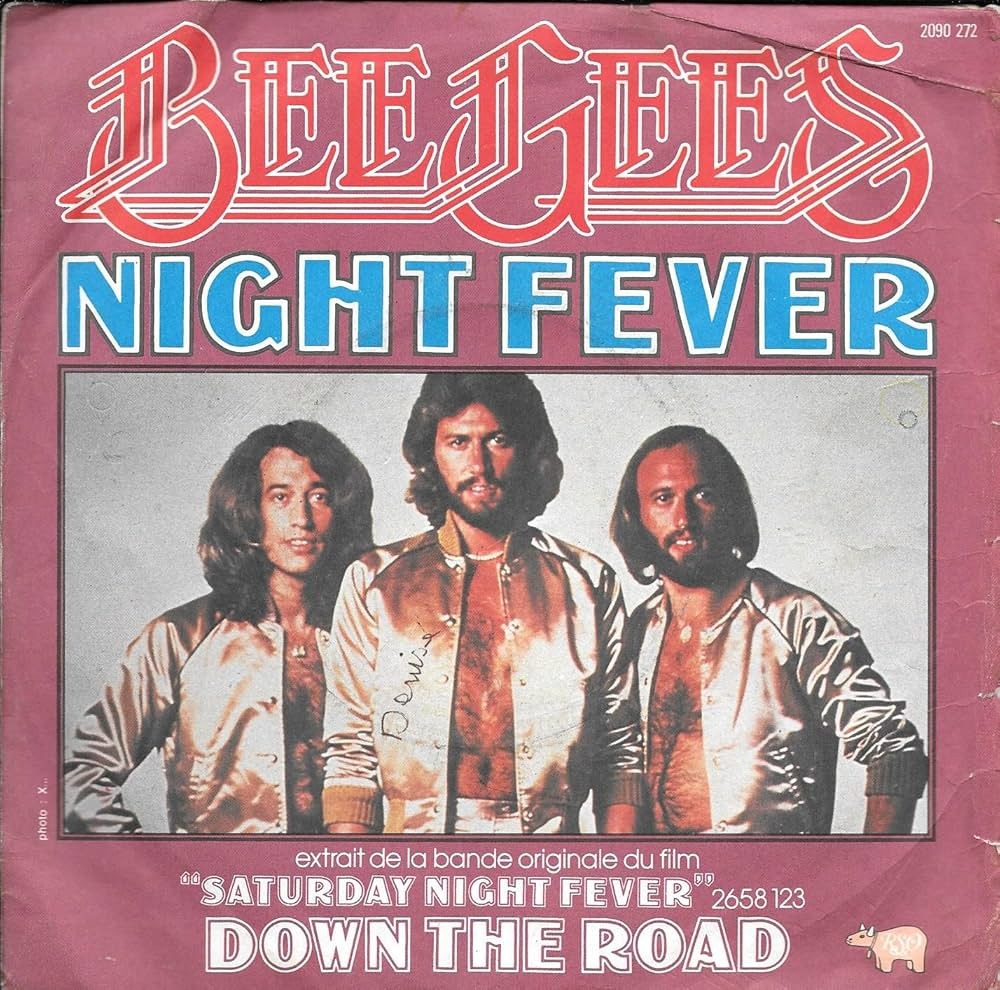
“Night Fever” was unleashed in February 1978 like a carefully engineered dance floor pathogen, infecting radio for eight consecutive weeks at #1. The Bee Gees crafted disco’s perfect storm, combining infectious rhythm with harmonic complexity that disguised its musical sophistication beneath irresistible grooves. The track became disco’s northern star, guiding a generation toward strobe-lit transcendence while helping propel “Saturday Night Fever” into a cultural phenomenon.
The brothers Gibb understood something profound about human connection—sometimes we need rhinestones and rhythms to access authentic emotions. Their falsetto harmonies created a sonic signature as instantly recognizable as any guitar riff, challenging gendered expectations about masculine expression. While disco eventually faced a vicious backlash (often rooted in homophobia and racism), “Night Fever” remains untouchable, its production quality and melodic architecture standing as testaments to disco as a legitimate art form rather than a passing trend.
2. Love is Thicker Than Water – Andy Gibb
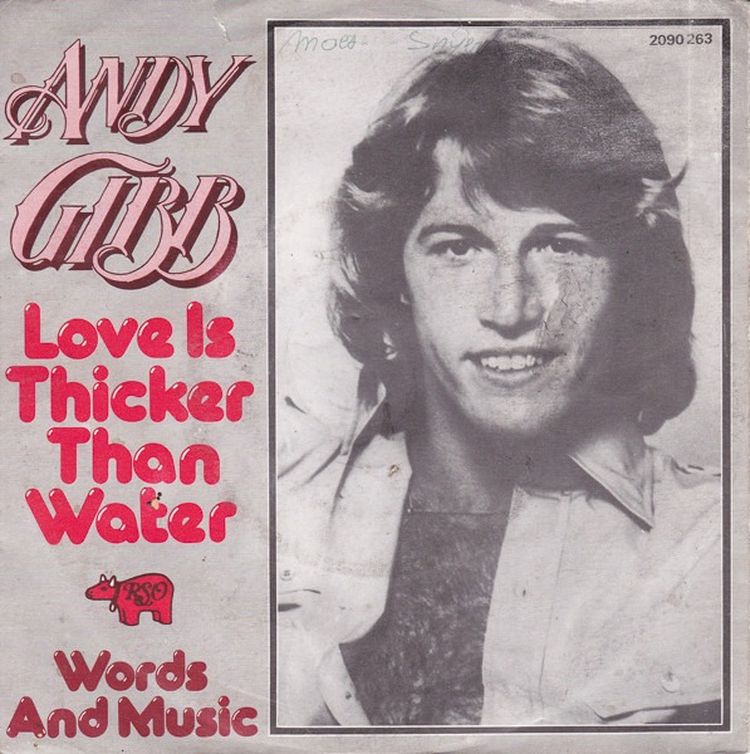
Andy Gibb’s “Love Is Thicker Than Water” executed a family coup. Released in February 1978, the track accomplished the unthinkable by knocking “Stayin’ Alive” from Billboard’s throne. The younger Gibb tailored his own suit that fit somewhere between soft rock vulnerability and disco’s rhythmic discipline. The result was musical alchemy that connected with listeners searching for emotional depth beneath their platform shoes.
Co-written with brother Barry, the song showcased Andy’s distinctive vocal texture against a backdrop that refused genre limitations. Its chart dominance proved that younger siblings everywhere could escape predetermined shadows. The track bridged multiple radio formats in an era when stations still religiously segregated sounds, becoming a skeleton key that unlocked doors between disco bunnies and rock devotees who pretended they weren’t secretly dancing alone in their bedrooms.
1. Boogie Oogie Oogie – A Taste of Honey

When A Taste of Honey unleashed “Boogie Oogie Oogie” in June 1978, they rewrote who got to claim center stage. Janice Marie Johnson’s bassline functioned as a feminist manifesto in four-four time, each note dismantling the idea that women couldn’t handle their instruments. The song bulldozed to #1 on Billboard’s Hot 100, moving over 2 million units while male critics scrambled to catch up with what was happening.
The platinum-certified track cracked open doors. As one of the earliest disco hits from an African-American female duo, it delivered a masterclass in how marginalized voices could transform a genre through technical excellence. Johnson and Perry Kibble crafted a groove so undeniable that even rock purists grudgingly surrendered to its pull, similar to how even horror-haters can’t resist watching ‘Get Out’ just once. All in all, these tracks joined the ranks of era-defining disco one-hit wonders whose infectious beats brought fleeting fame and lasting nostalgia.




